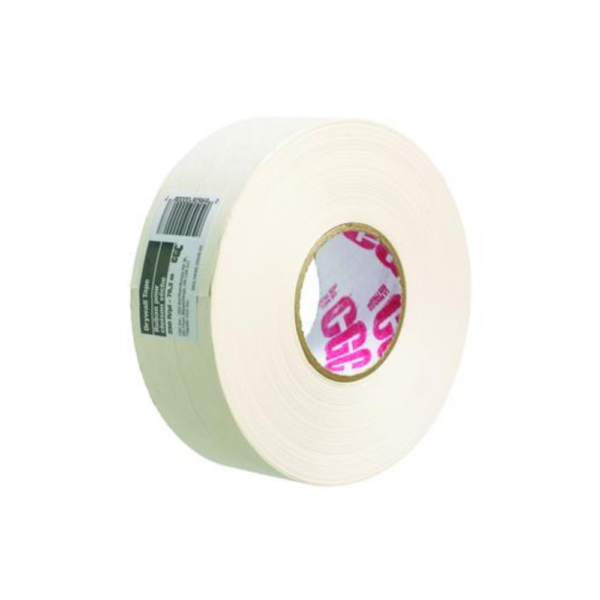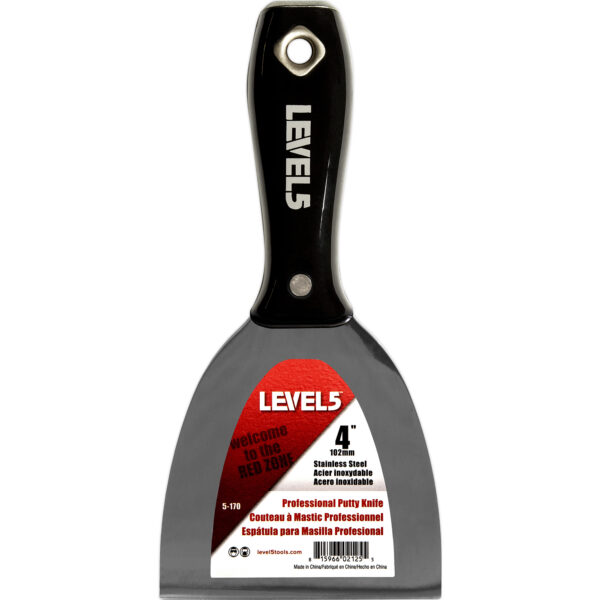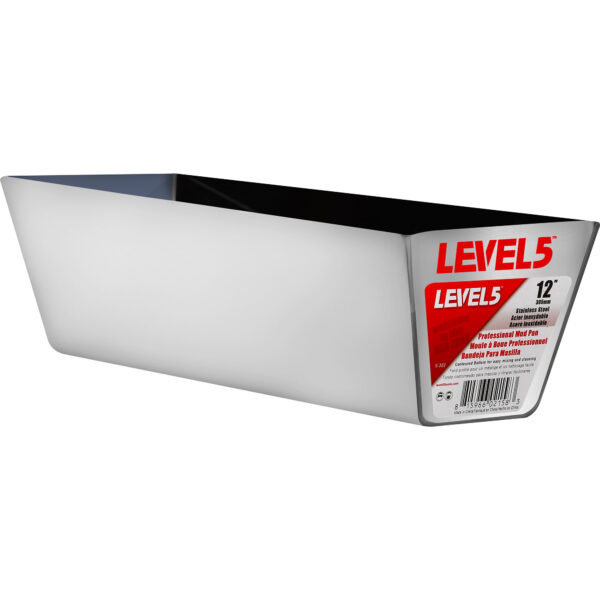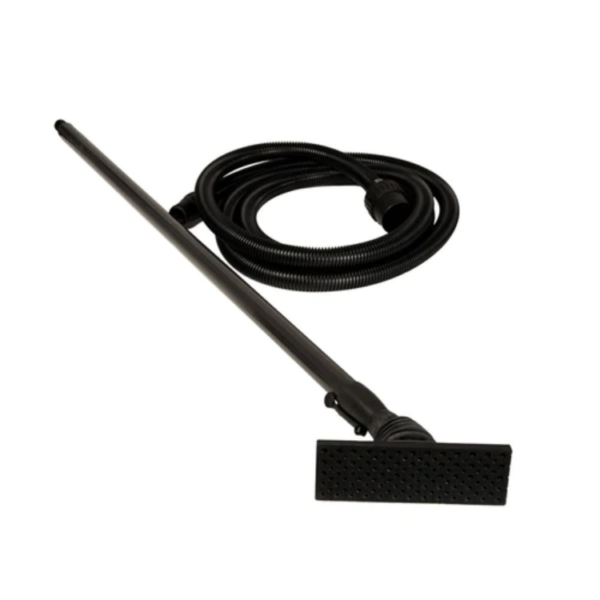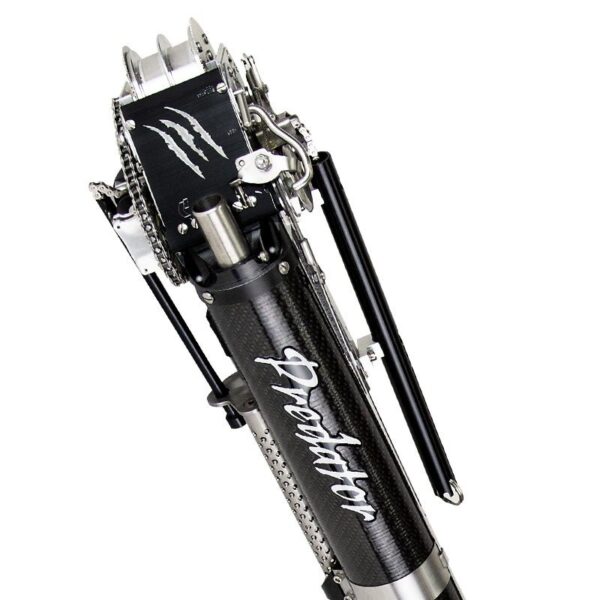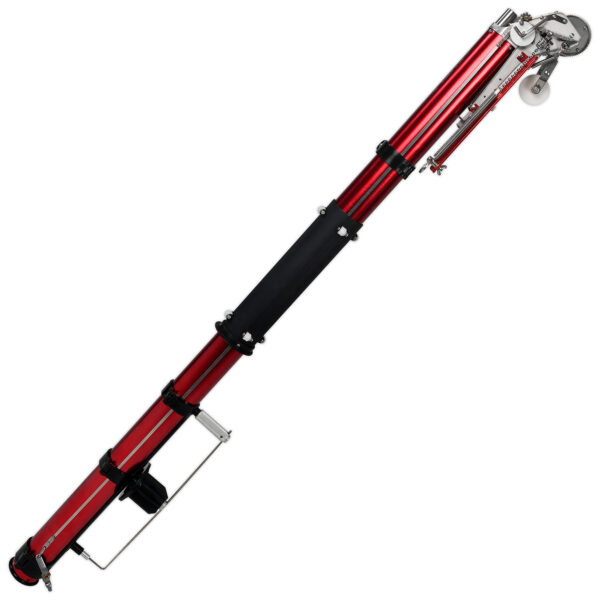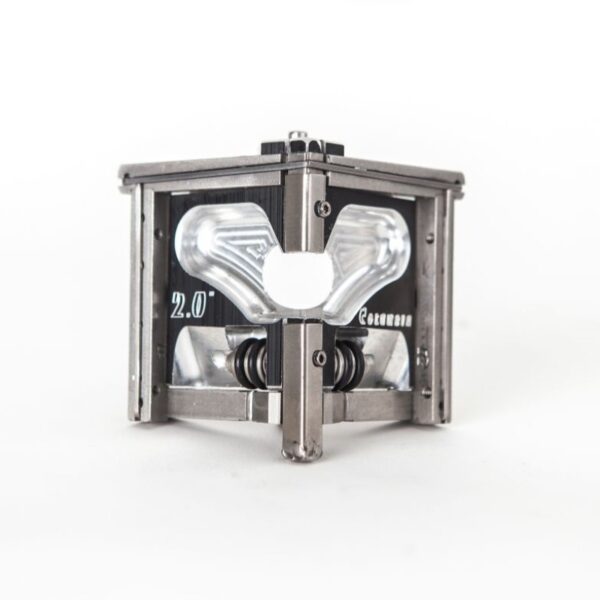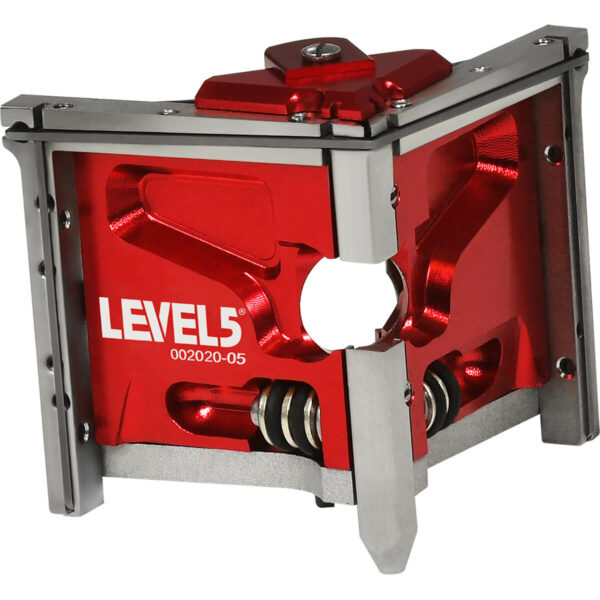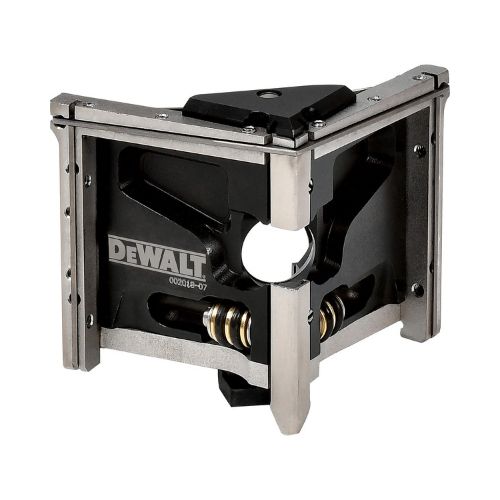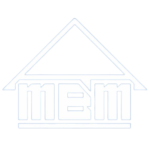Once you are done hanging drywall, you will need to tape drywall corners using joint compound, otherwise known as mud. Mudding is a very important step in the drywall construction process as it binds the walls together, increasing the integrity of the building.
Tools and Supplies Needed For Corner Taping
Required Equipment
Before we get into drywall taping inside corners, ensure you have the right tools necessary for the job.
- Drywall compound
- Drywall paper tape
- Putty Knife (4-inch)
- Mud pans for drywall compound
- Sander
- Mask
- Water
-
Level 5 4″ Stainless Steel Joint Knife w/ Nylon Handle
Rated 0 out of 5Drywall FinishingUSD $10.41Original price was: USD $10.41.USD $8.85Current price is: USD $8.85. -
Mirka DECO 2.75″x 8″ 113H Grip Sander Tool with Telescoping Pole Kit (MIR-9300)
Rated 0 out of 5Drywall Sanders USD $327.08
Optional Equipment
While this equipment is not required for some people, these supplies may make cleanup easier or help reach inaccessible places when drywall taping corners.
- Coveralls
- Gloves
- Tarps
- Ladder or step stool
Mix The Mud
Before we begin taping corners of drywall, make sure to have your mud ready. Most tapers use an all-purpose drywall compound and mix in some water to thin the substance. You can either do this by adding water and joint compound together in a bucket and using a compound mixer to create the mud; otherwise, you can mix some drywall compound and water in a mud pan. Attempting to finish inside corners with a substance that is too thick will make the work harder.
Though there are several kinds of drywall tape, use paper tape when taping inside drywall corners. The biggest positive aspect of paper tape is that it is non-adhesive. The paper tape needs to be set in a layer of drywall compound. Due to the fact that the tape has no stretch, it can create stronger joints in the weakest parts of the drywall. Two-inch paper drywall tape functions well.
Use coveralls over your clothes to keep them clean as you work with drywall mud. Drywall taping is a messy job, so you can either use coveralls or just clothes you use for dirty jobs. If you want to keep your hands clean, wear gloves. Cover the area where you’re working with plastic or canvas drop to keep your work area clean. You may need a ladder or step stool to reach high ceilings.
Cut and Fold Drywall Tape
One strategy to taping drywall corners is to layer drywall corners with mud and then use tape.
Before applying tape to the wall, you will notice that paper drywall tape has a fold in it. Before applying the tape to the drywall, you need to fold it in half, using the fold as an overview. This fold permits the tape to connect the two sides of the corner together.
Unroll the paper drywall tape from the roll. Measure then cut the tape to ensure that it matches the size of the corner you are taping. Make certain the edges of the tape are square and straight. After you cut the tape to length, wrinkle it. Put the tape apart and start mudding and taping drywall corners.
Coat Corners With Mud
Dip your 4-inch drywall knife into the mud pan and scoop up drywall mud onto the knife. Move the knife broad side down to apply the compound to the corner of the drywall. Use wide strokes to move the layer of mud to one side of the corner. The mud layer can be between 1/8-inch and also 1/4-inch thick. Fill out all the areas between the seams of drywall that make up the corner you are working on.
If there’s excess mud on the drywall, you can remove it with the putty knife.
Repeat the procedure for the opposite side of the corner. Angle the putty knife to ensure it doesn’t drag into the mud on the other side of the edge. If you hold your blade upside-down, you can manage a good bit of the joint compound you applied to the opposite side. When you have mud on both sides of the corner, run the knife along each side to make a even layer. The density of the compound should be as constistent as possible.
Apply the Tape in The Corner
Now it is time to apply the tape that you have prepared for the project. Start at one corner end and press the tape into the drywall compound. The fold in the tape must be in the angle of the corner, with half the tape on one side and the other half on the other side. Run the putty knife lightly along with the crease of the tape to push it into the drywall joint compound.
Next, run the putty knife on each side of the corner. Push any air bubbles out of the tape with the knife. Start in the middle of the tape and move the knife to one edge. Afterward, return the center of the tape and smooth it in various other directions. If you are dealing with the edge between the wall and ceiling, work with the layer of tape that gets on the bottom side of the corner first. Alternatively, you can use 3Way to easier tape and finish a corner.
Wipe any added compound off your taping knife as you continue to work, yet make certain there’s still mud under the tape.
There might be a line of mud left along the edge of where you worked with your knife. Draw the mud knife with the line at an angle to smooth it.
When you’re done, the tape needs to form a smooth line in the corner of the drywall without bumps and bubbles.
Let the drywall compound dry overnight.
Apply Additional Mud to One Side
After allowing the drywall compound to completely dry, you will use the mud blade to use an additional layer. Start on one side of the edge and also use the substance making use of smooth short strokes.
Make use of the side of the knife to even out any excess substance. Run the mud knife throughout the whole length of the edge as you finish up. Feather the edges, so they mix right into the drywall.
Apply Compound To The Other Side
You can work on the opposite of the tape as soon as the initial side is dry. Cover it with drywall compound in the same way, to create a smooth layer with feathery edges.
Sand As Well As Smooth
When the drywall substance is completely dry, use a sander to ravel any remaining roughness.
When you’re sanding drywall, it will certainly produce dust particles. Put on a mask or respirator mask to keep from breathing in the dust. Drop cloths will likewise assist you in keeping the dust from spreading past your work area. However, you may want to move any furnishings or other things in the room.
Understanding how to complete inside drywall corners will allow you to give drywall installment an essential finishing touch. Functioning rapidly and also meticulously will develop quality results.
If you’re working with many inside drywall corners, you might want to buy a special device to make the job much faster. We have a few tools that will speed up the process.
Automatic tapers are the best tool in applying both tape and compound at the same time. For corner finishing you would use this tool in the first step of applying both the mud and the tape at the same time.
A drywall angle head is an automatic taping tool used to cover both inside corners with a bed and finishing coat.
-
Dewalt Corner Finisher
Rated 0 out of 5Angle Heads & Corner FinishersUSD $407.29Original price was: USD $407.29.USD $325.83Current price is: USD $325.83.


